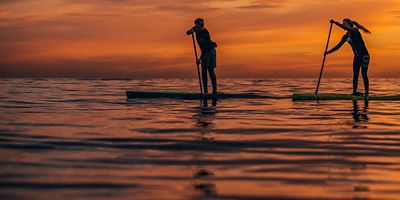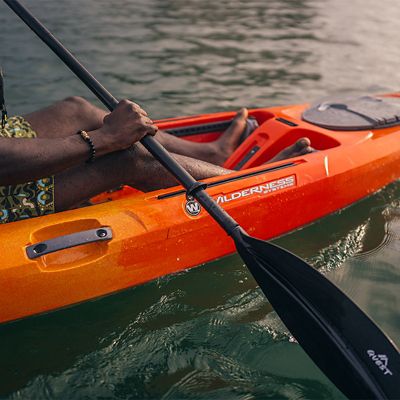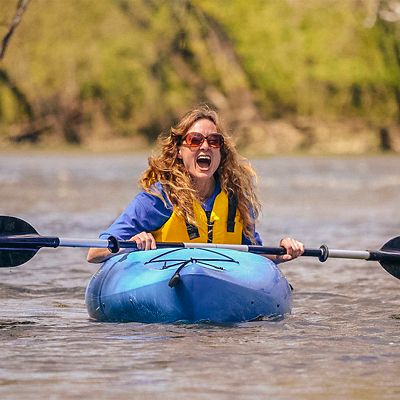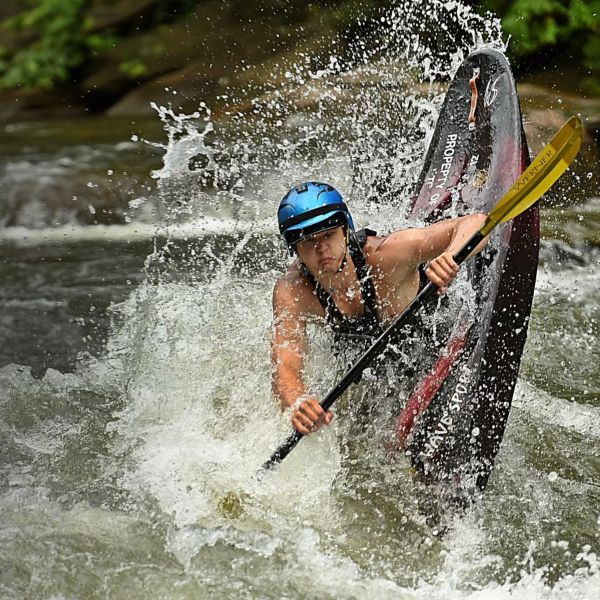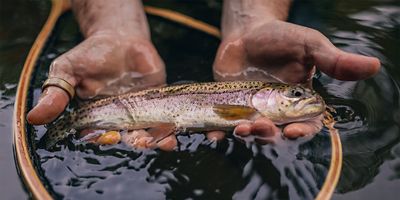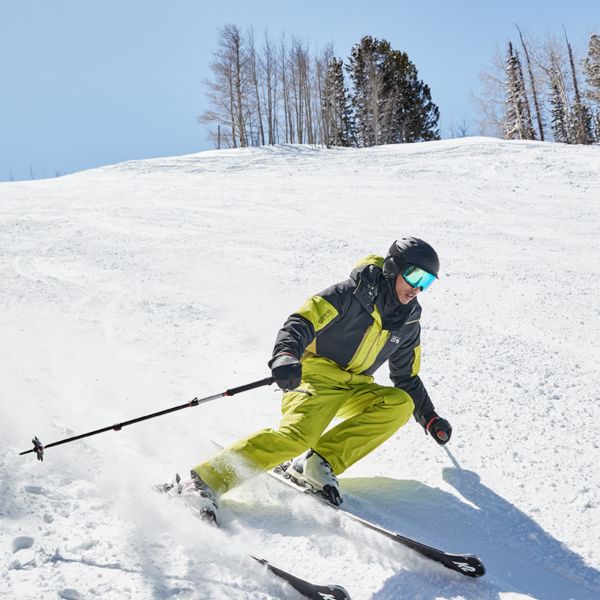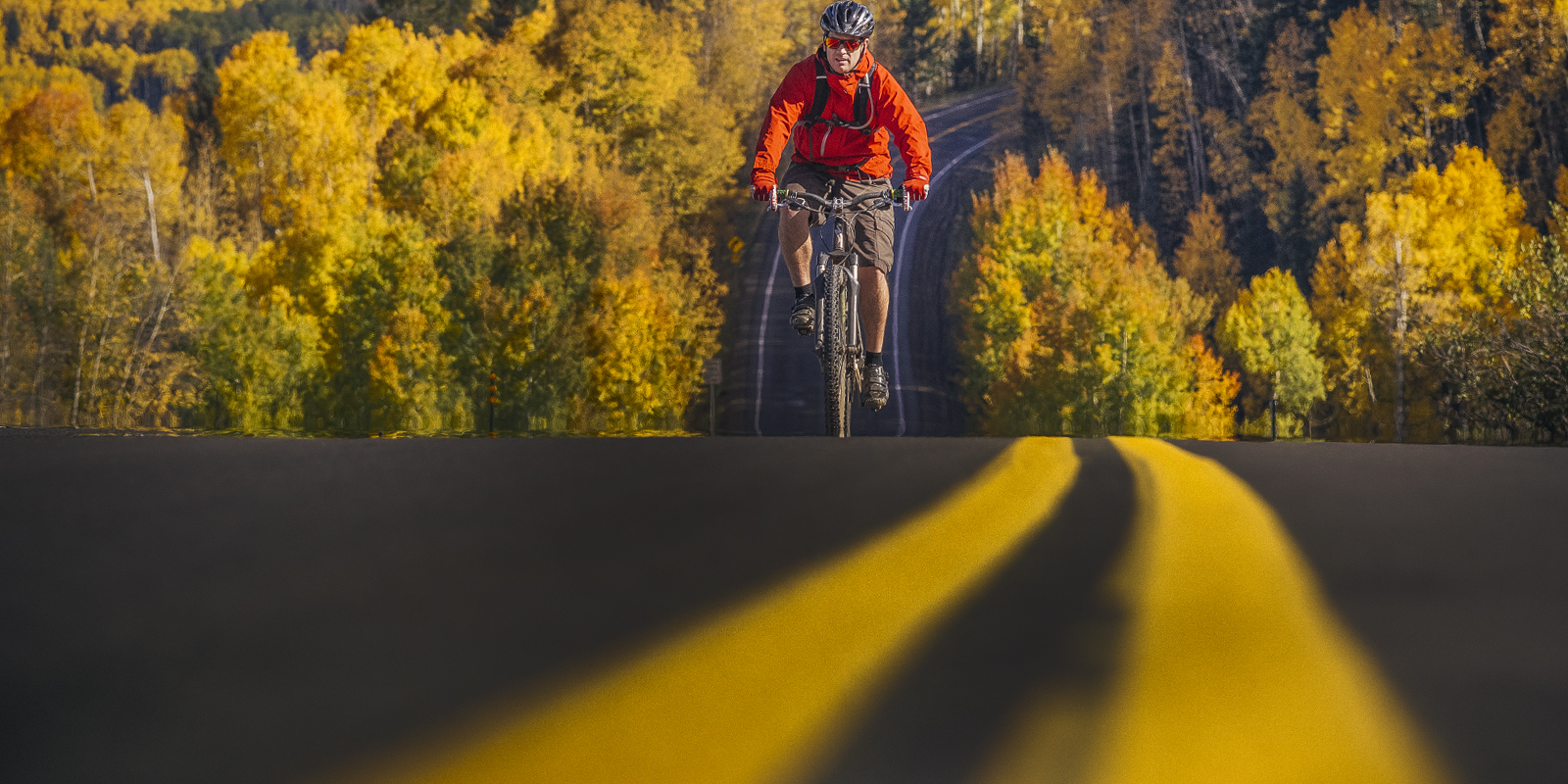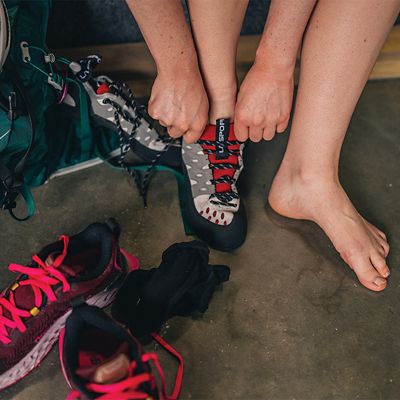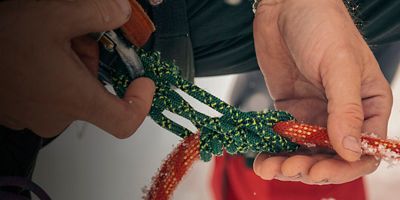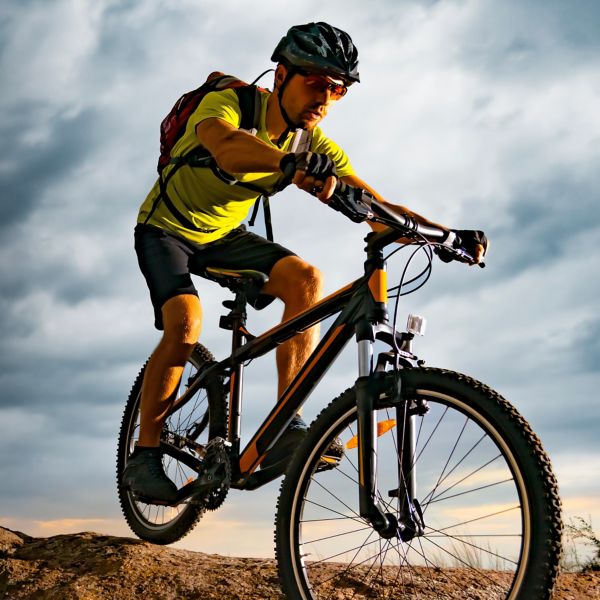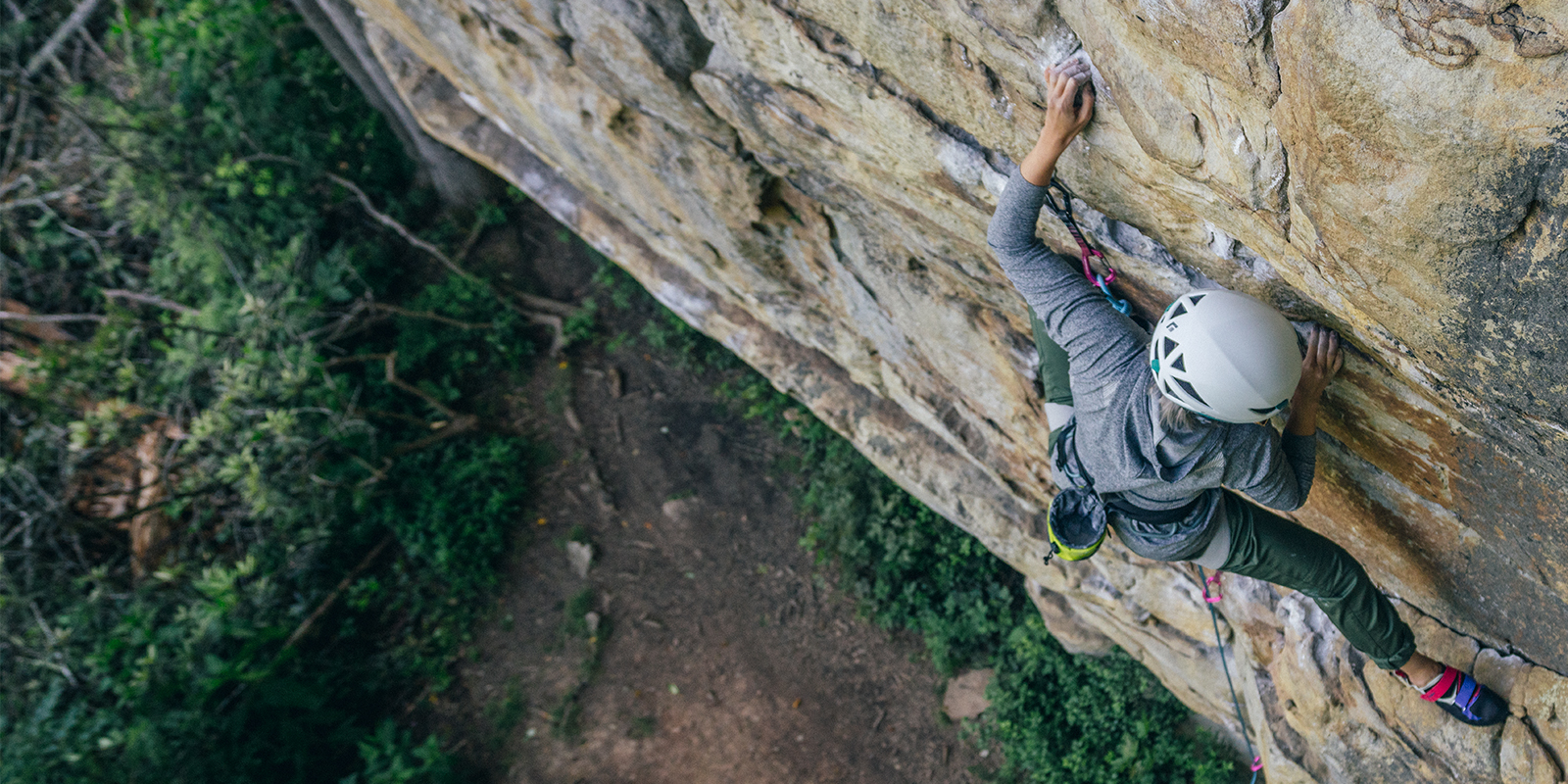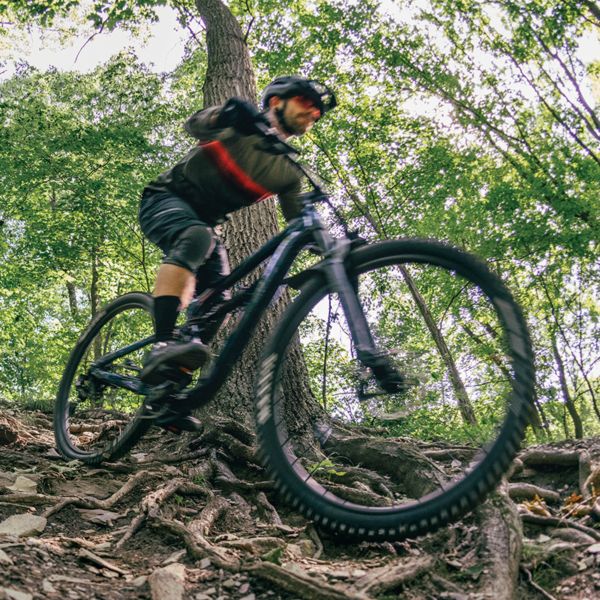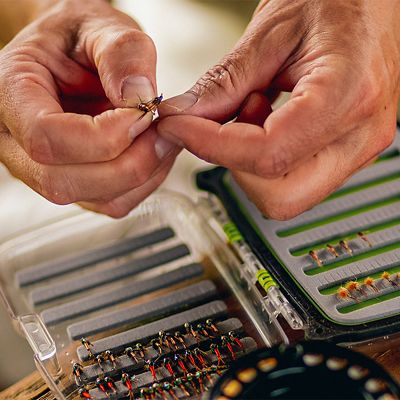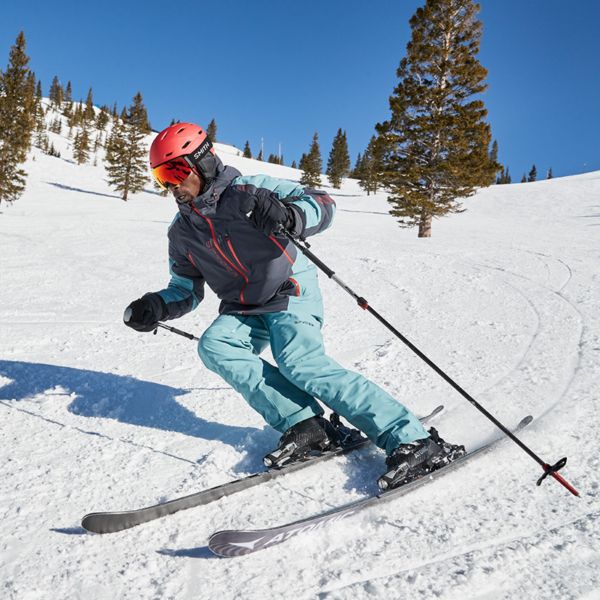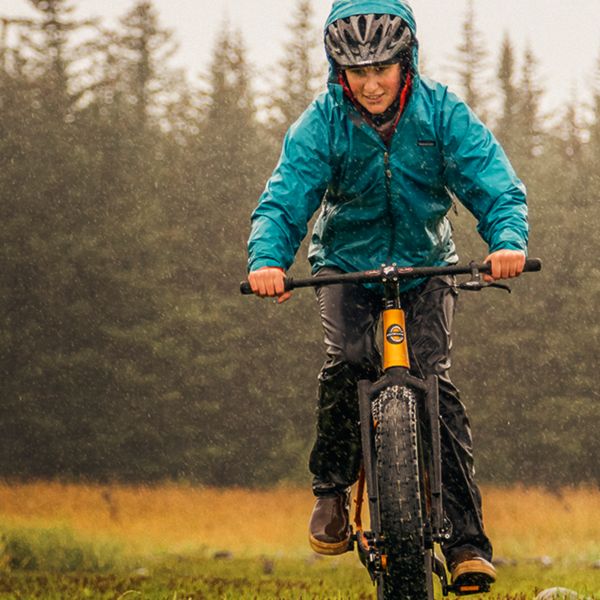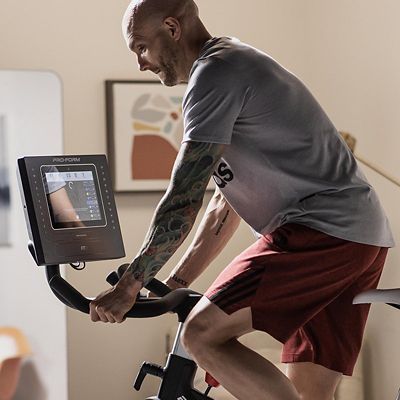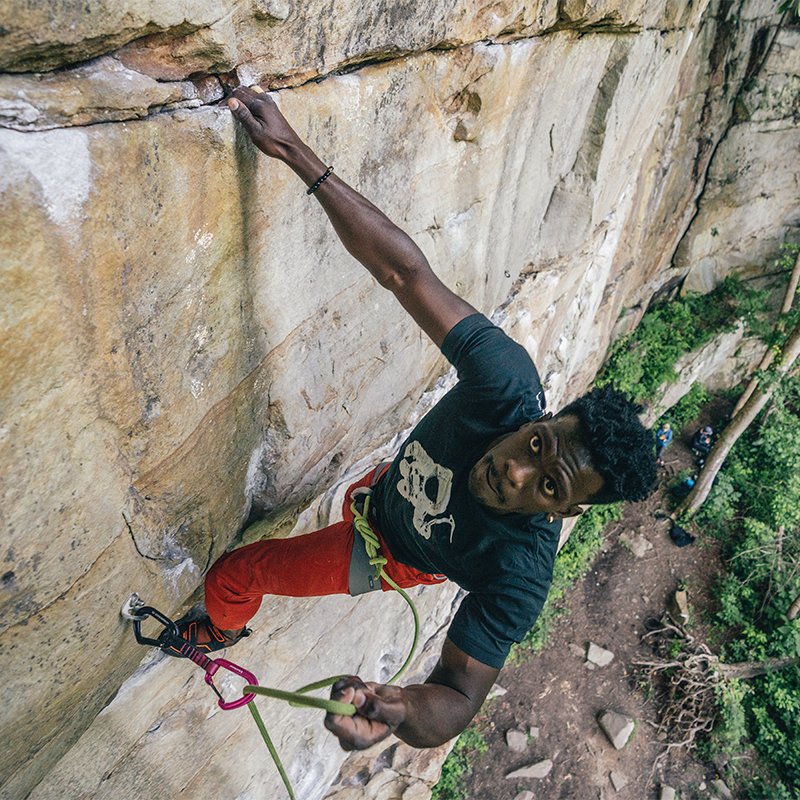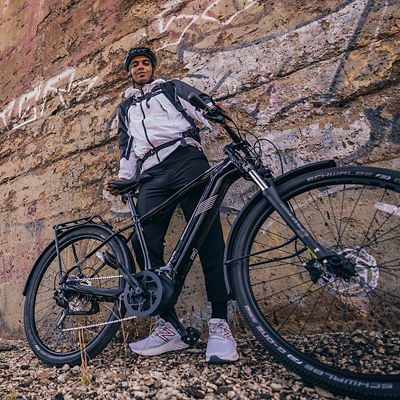
Love paddling, but find it a challenge to store and transport a full-size kayak? Good news: You live in the golden age of inflatable kayaks. Today’s boats are stable, reliable, high-performance craft that can handle both flatwater and whitewater. They pack down small for portability, inflate quickly via a manual or electric pump, and are great for every skill level. Of course, there are a few tradeoffs compared to plastic models. Inflatable kayaks are more vulnerable to wind and large waves, are not suited to the biggest and most technical rapids, and are not quite as durable. But these are minor compromises if you need the portability and storability of an inflatable. Here’s how to find the right one for your needs.
Ask Yourself These Questions
There are a lot of choices when it comes to design and materials. Ask yourself a few questions to narrow your search to the best craft for your needs.
What kind of paddling do I want to do?
The water conditions will greatly affect the type of boat that is right for you. Will you be sticking to flatwater lakes and rivers or tackling whitewater? For the latter, you want a kayak made for handling rapids and rocks.
How much space do I need?
For longer day trips and overnights, you’ll need room for extra gear.
How small does it need to be?
If you’re buying an inflatable kayak because of limited storage area, measure the dimensions of the space and make sure you look at boats that match. Same for car space.
How light does it need to be?
Maybe you’re hoping to pack your kayak to a backcountry lake. Or maybe you just need to lift it onto a high storage shelf. Weight considerations will affect the material and size of your boat.
What’s my budget?
There’s a wide range of prices depending on size, design, and material.
Types of Inflatable Kayaks
Start your search by learning about the different types of boats and what they’re best for.
Recreational Kayak
This is the most common type of inflatable kayak. They’re great for general use like exploring flatwater lakes and rivers. If you’re a new paddler and just want to get out on the water for day trips, this is likely what you want. These are often the most affordable option, but some are made with higher quality, more expensive materials.
Fishing Kayak
Although you could fish from most any inflatable kayak, fishing specific models have features anglers will appreciate. They'll often have a more puncture-resistant material to protect against hooks, as well as rod holders, cup holders, and mounts for devices like sonar.
Whitewater Kayaks
These models are often shorter than other inflatable kayaks (for maneuverability) and are made out of more durable material (to withstand collisions with rocks). Sometimes these boats are even self-bailing so that when water washes in it quickly washes out, much like how larger whitewater rafts work.
Tandem Kayaks
Many recreational models are made in a two-person version (and some fishing and whitewater kayaks come in tandem versions as well). While it is possible to paddle one of these by yourself, it’s more difficult, so it’s best to get a tandem kayak if you’ll be using it mostly with two people, as intended.



